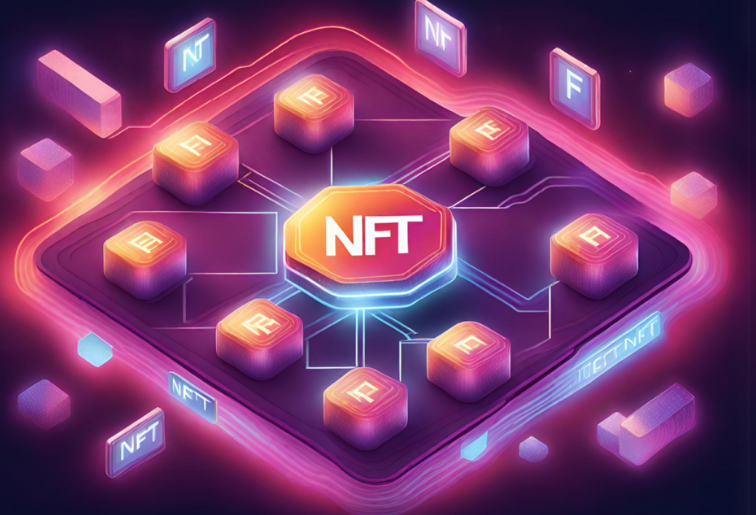Ever so recently, evolution in NFTs has left the digital arena breathless from digital artworks to virtual houses and all things imaginable in between. NFTs have made us change what we perceive in regard to owning digital resources. In the light of increasing advancements in the blockchain, this raises several questions the next big development in NFTs.
In the early times of NFTs
Early blockchain experiments that acted as the roots for the billion-dollar industry included early experiments like colored coins and cryptopunks. These first digital collectibles really showed how powerful NFTs are, showing the establishment of digital ownership for artists and creators to bring them new streams of revenue.
NFTs most obviously are a form of digital ownership evolved. Differing from digital files, which allow for the infinite copyability of most files, NFTs develop new forms of ownership verification through blockchain technology to authenticate and make scarce the work associated with them.
NFTs have evolved from digital art to music, gaming, real estate, and even identity verification. Brands, celebrities, and institutions are using NFTs to create exclusive experiences and engage with their audiences in unprecedented ways.
The Future of NFTs
As the NFT space continues to evolve, several trends and developments are shaping the future:
1. Utility-Driven NFTs
In addition to digital art, NFTs are becoming utility-based assets. They can be used for gaming, ticketing, and virtual worlds in order to offer real benefits, such as VIP access, in-game rewards, and membership perks, to holders.
2. Interoperability and Cross-Chain NFTs
Where multiple blockchain networks are proliferating, interoperable NFTs are needed. Developers work to streamline the movement of NFTs from one platform to another with minimal hassle by finding cross-chain solutions, hence increasing accessibility and adoption.
3. NFT-Fi: Financialization of NFTs
The concept of NFT-Fi (NFT Finance) is becoming increasingly popular, enabling users to stake, lend, and borrow against their NFTs. It has brought the aspect of decentralized finance into NFTs, turning them from being just collectibles to financial assets.
4. Sustainable and Eco-Friendly NFTs
Better energy-efficient NFT solutions are due to environmental awareness regarding blockchain. Platforms began embracing blockchains such as Ethereum 2.0, Tezos, and Flow, thereby reducing carbon footprints as well as sustainable growth.
5. Tokenization of Real-World Assets
NFTs are evolving into real-world assets. From tokenized real estate, luxury goods, and even fractional ownership of physical items, NFTs bridge the gap between digital and tangible assets.
The evolution of NFTs is far from over. Through continuous innovation and adoption, NFTs will reshape industries, redefine ownership, and unlock new economic opportunities. As blockchain technology matures, we can expect greater scalability, enhanced security, and mainstream adoption of NFTs in various sectors.
This calls for keeping eyes on the emergence of new trends, whether as an artist, investor, or enthusiast. And the future of NFT is not just limited to art and collectibles. It’s rather about revolutionizing digital ownership in ways we never thought of yet.
For further insights on blockchain and NFTs, feel free to check out Blockchain77 and stay on top of the latest developments in digital assets!

